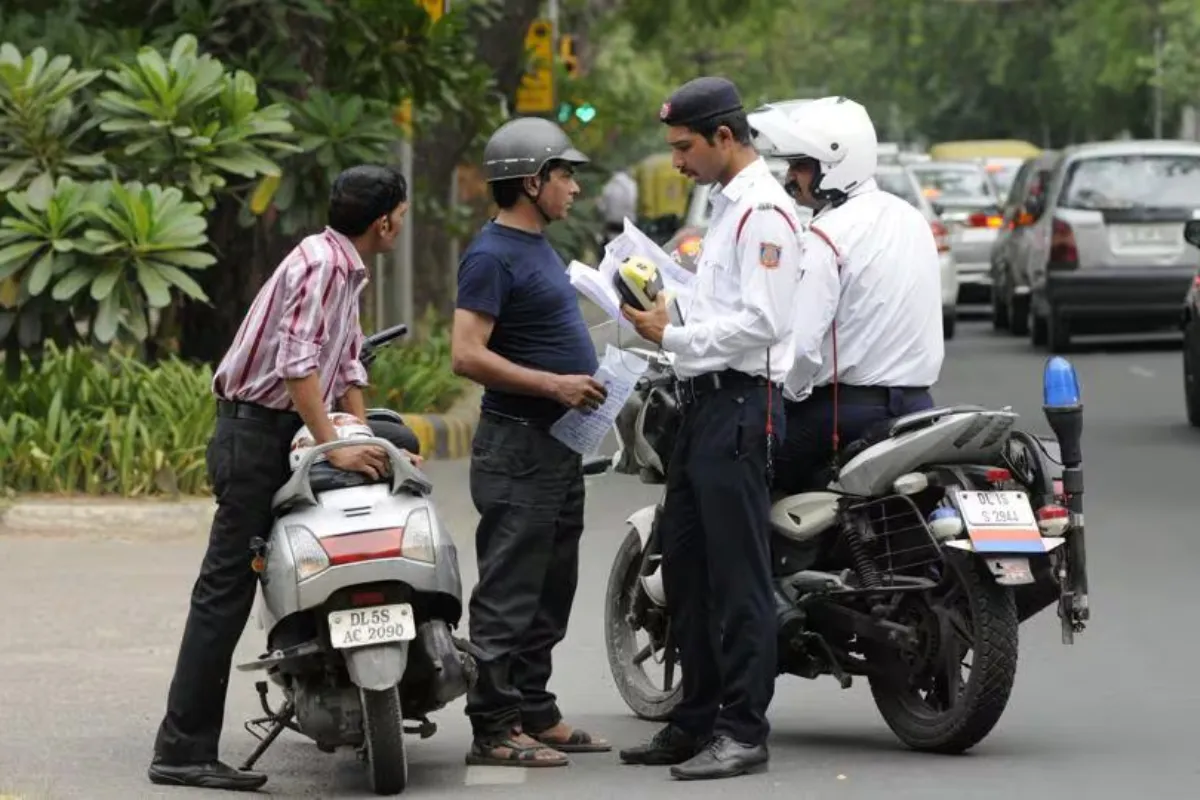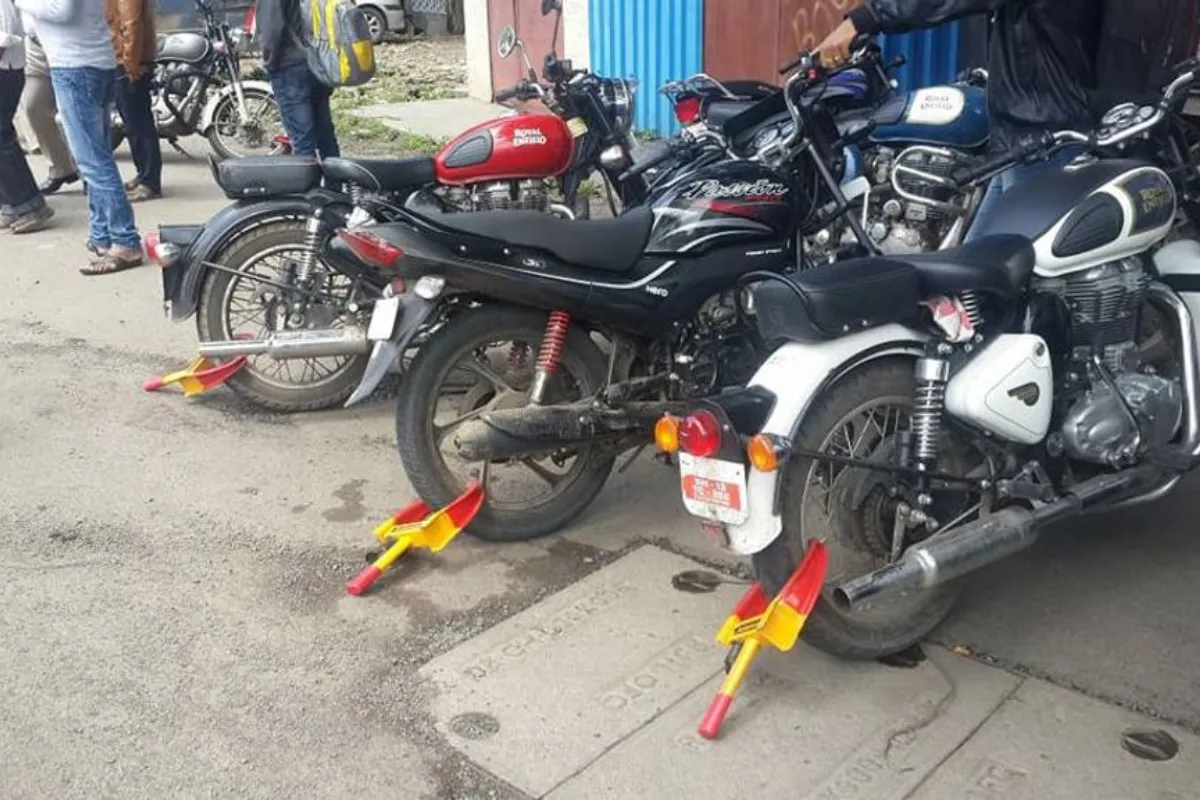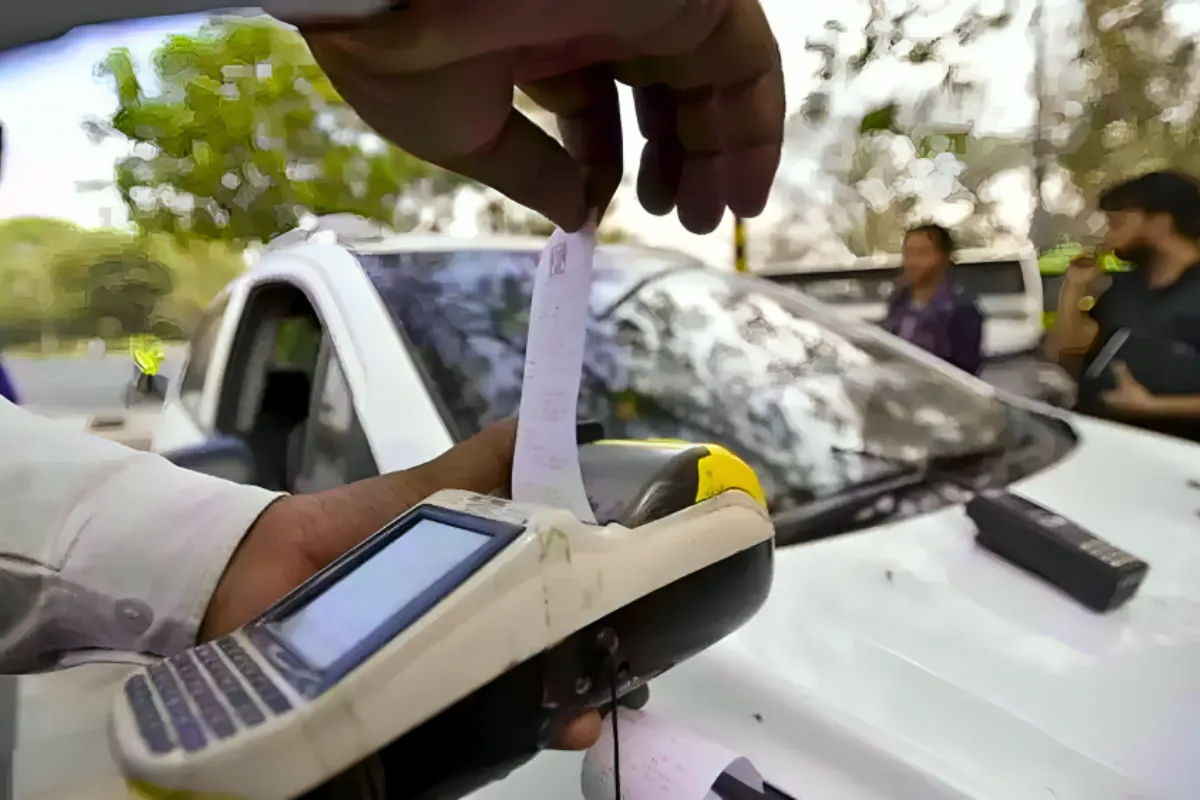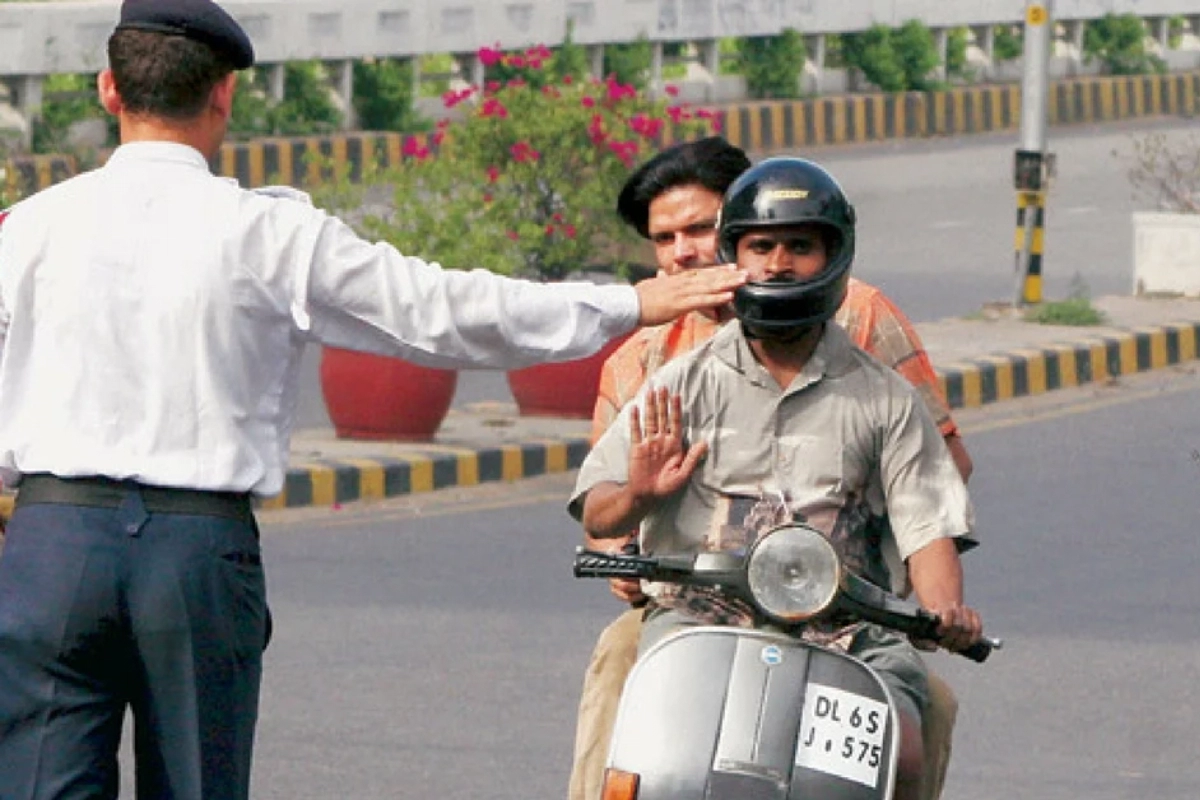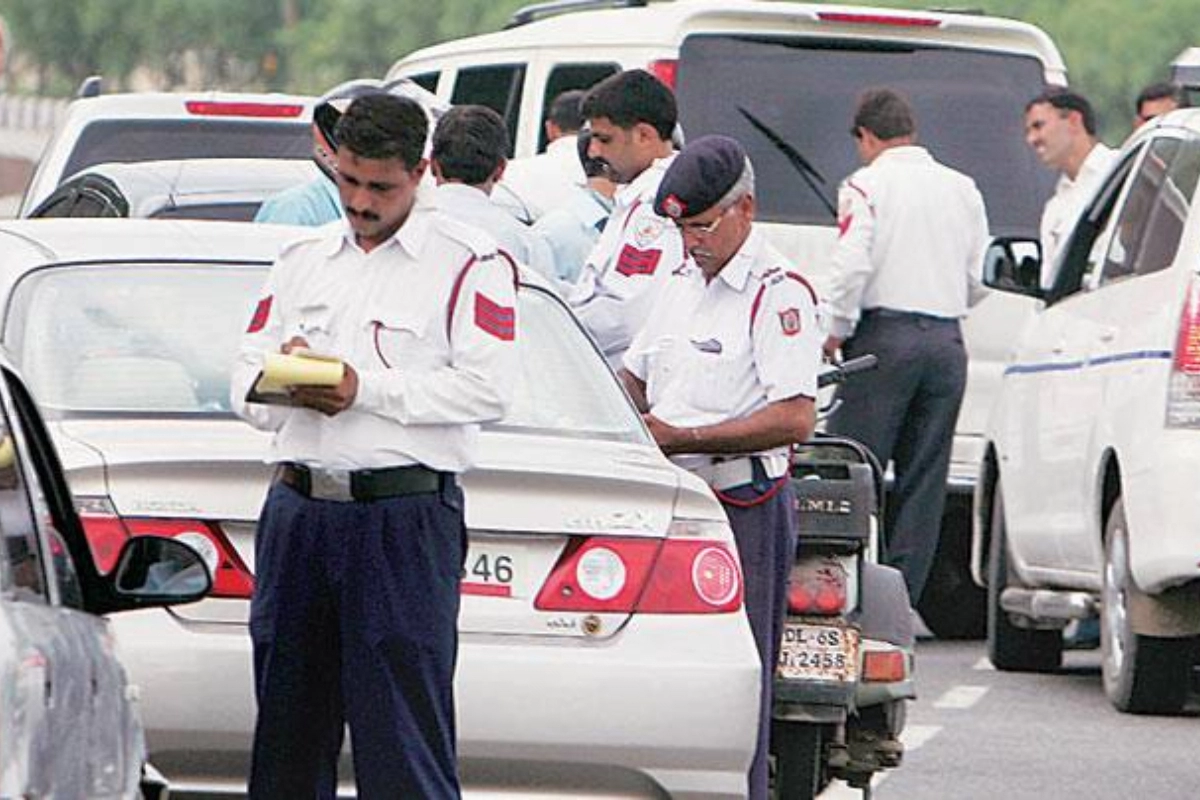Road Transport Secretary Anurag Jain encountered a challenge when he received three speeding challans on a particular Delhi stretch due to a nearly concealed speed limit sign. Expressing concern over the lack of visibility, Jain emphasized the need for road signs to be clearly seen. The incident highlights the importance of proper signage placement for road safety.
Challenging the Hidden Signage
Anurag Jain took action by inspecting the contested signboard and discovered that it mentioned a 50 kmph speed limit. However, the sign’s positioning behind a tree made it visible only when very close. Jain’s response brings attention to the significance of making road signs easily visible to all commuters.
Technology and Equal Treatment
Jain expressed his concern that the technology used for challans treats all commuters equally, regardless of the visibility of road signs. The incident prompts a closer examination of the balance between technology-driven enforcement and ensuring fair treatment for drivers.
Government Guidelines on Signage Placement
The Ministry of Road Transport and Highways emphasizes in its official document on road safety signage that signs should be placed within the road user’s view to ensure proper visibility. The incident with Anurag Jain underscores the importance of adhering to these guidelines for effective communication and accident prevention.
Alarming Increase in Road Accidents
Official data released by the Transport Ministry reveals a concerning trend, showing an 11.9% increase in accidents, 9.4% in fatalities, and 15.3% in injuries in 2022 compared to the previous year. The incident involving the Road Transport Secretary brings attention to the broader issue of road safety and effective traffic management.
How Can a Common Man Contest Wrongful E-Challans?
If you find yourself on the receiving end of an e-challan, it signifies that a traffic camera or a vigilant police officer has flagged a potential violation. However, in instances where you believe the fine has been wrongly issued, there’s a straightforward process to file a traffic challan complaint. Here’s your guide to understanding and addressing e-challan concerns.
Contesting a Wrong E-Challan: A wrongful e-challan occurs when a vehicle owner receives a fine despite not committing a traffic violation. To challenge such an e-challan, individuals can file a complaint, asserting that the alleged violation did not take place. Essential to this process is the presentation of evidence supporting their innocence. Armed with this evidence, the concerned individual can engage with the traffic police and register a complaint through the grievance system.
Addressing Technical Glitches: In instances where an e-challan exhibits technical glitches, vehicle owners can bring these issues to the authorities’ attention. This can be done through email correspondence or a phone call to the designated helpline.
- Email Address: helpdesk-echallan@gov.in
- Helpline Number: 0120-2459171 (available between 6:00 a.m. and 10:00 p.m.)
Understand the timeline for resolving e-challan complaints, which may take up to 15 days. By following the provided steps, individuals can navigate the process and seek a fair resolution for wrongful e-challans.
Keep watching our YouTube Channel ‘DNP INDIA’. Also, please subscribe and follow us on FACEBOOK, INSTAGRAM, and TWITTER



